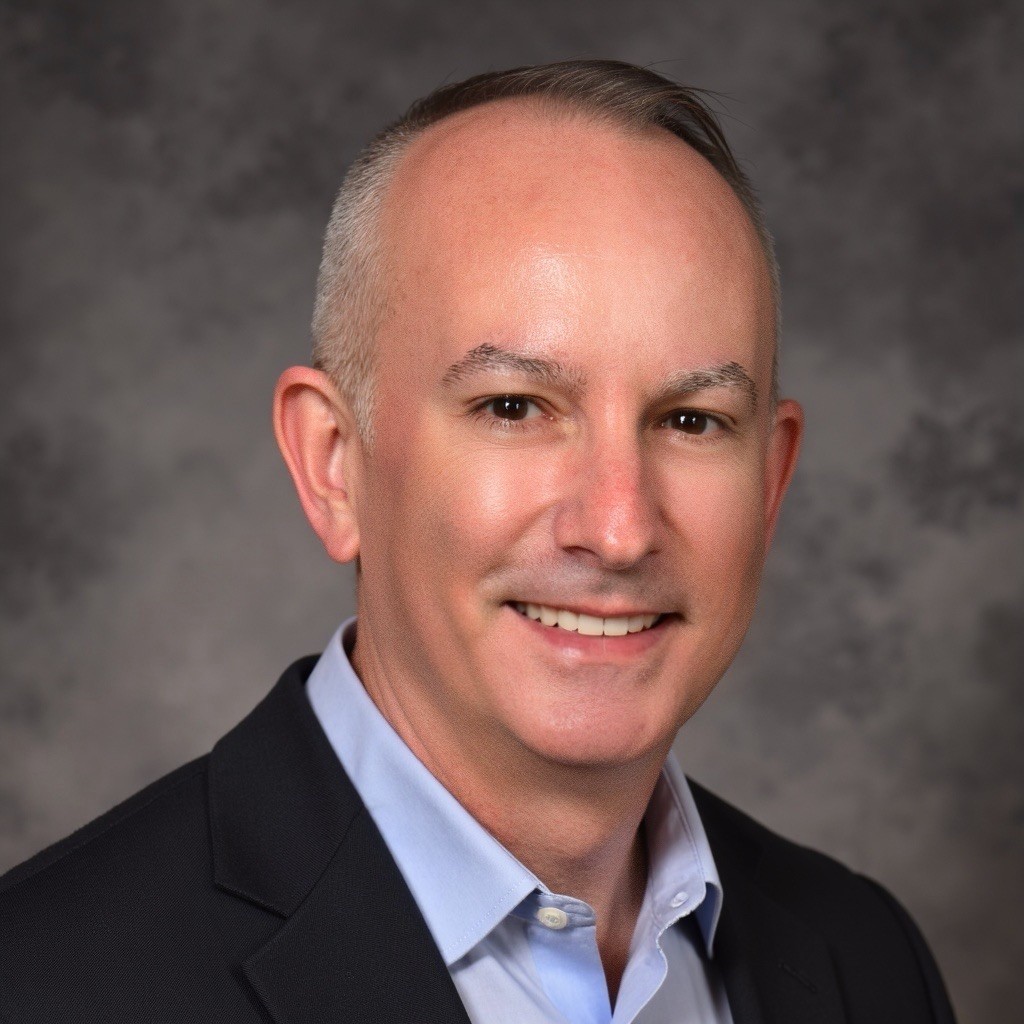BIC - September 2013
By: Shawn M. Galloway
Printable Version
All mergers and acquisitions (M&As) attempt to align or purchase cultures, not businesses. Results aren't purchased; it is the ability to continually achieve the same results that is most attractive to investors. Businesses are attractive, successful and emulated because of their capabilities not characteristics, a point expressed in the book, STEPS to Safety Culture Excellence (Wiley, 2013).
These attractive organizational cultures did not evolve because they were hard-pressed to integrate and demonstrate specific characteristics; they achieved excellent results because of fostered capabilities. This is what is so perplexing about the common approach to studying and analyzing culture. It tends to be an expensive and fruitless exercise to understand the existing characteristics and beliefs, without a precise game-plan on what to do with the results and how it will contribute to business.
According to KPMG, "83% of all mergers and acquisitions failed to produce any benefit for the shareholders and over half actually destroyed value." They unfortunately found, "The overwhelming cause for failure is the people and the cultural differences."
In Richard T. Farmer's book, Rags to Riches: How Corporate Culture Spawned A Great Company, he writes, "We were very dedicated to converting the culture of the acquired companies to the Cintas culture... we had to work at meshing our cultures. We had special seminars for the managers of the acquired companies at our headquarters in Cincinnati, including the corporate culture course." He goes on to write, "The Cintas culture was so strong and the people we assigned to this task were so good that the cultural integration process was usually smooth" (p., 171-172).
Occasionally the Cintas acquisition process produced less than desirable results. This experience usually pointed to the inability to align expectations of performance and results with the newly acquired leaders. Farmer writes, "Too often, we let the acquired management team take their best shot at making everything click. It hardly ever worked. We were way too tolerant. In many cases, we should have known just by meeting these people that they would never cut it. But we felt we owed them the chance. We were wrong in those cases."
What Farmer writes about is the importance of having a firm understanding of corporate culture consciousness (e.g., knowing not just the relationship between organizational values and the individuals within, but also choosing strategically which beliefs and behaviors need to drive operational decisions to ensure alignment with strategy).
International experience in M&A culture alignment projects suggest the importance in leading internal discussions to collaboratively determine answers to the following questions:
1. What beliefs drive current operational decisions?
2. What behaviors, stories and experiences reinforce or conflict with these beliefs?
3. How well aligned are we internally, prior to executing on the leadership growth strategy decision?
4. What role does assessing and aligning play in M&A due diligence and integration checklist?
5. What is the existing corporate excellence strategy and how do the preceding answers fit within?
Most M&A agreements are focused on financial rewards. This is reality. For some organizations it is possible to enhance their due diligence process. Others, knowing it would conflict with the nature of decision making, struggle to align post-deal. Ultimately, without a firm understanding of the current and prospective corporate culture consciousness, how can you know whether or not the growth target is a cultural good fit?

Shawn M. Galloway is the CEO of ProAct Safety and an advisor to leading organizations across all major industries. With over twenty years of experience in safety systems, strategy, culture, leadership, and employee engagement, he is a trusted advisor, keynote speaker, and expert witness.
He is the author of several bestselling books and has multiple regular columns in leading magazines, with over 400 articles and 100 videos to his credit. He also created the first safety podcast, Safety Culture Excellence, with over 800 episodes. Shawn has received numerous prestigious accolades and has been featured in Power 101 Leaders of the EHS World, Top 50 People Who Most Influenced EHS, Top 40 Rising Stars, Top 11 Health and Safety Influencers, and Top 10 Speakers.
He serves on the Harvard Business Review Advisory Council and the Fast Company Executive Board. He has appeared as a guest on Bloomberg, Fox News, The Daily Mail, Dubai One, U.S. News & World Report, Sirius Business Radio, Wharton Business Daily, and leading safety magazines and podcasts, reinforcing his status as an authority in the field of safety excellence.
For more information, call +1.936.273.8700 or email info@ProActSafety.com.
